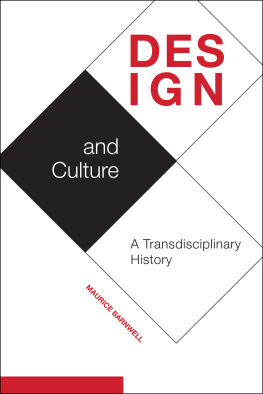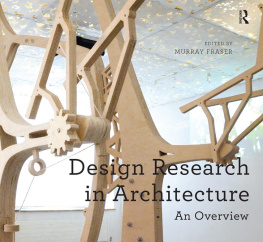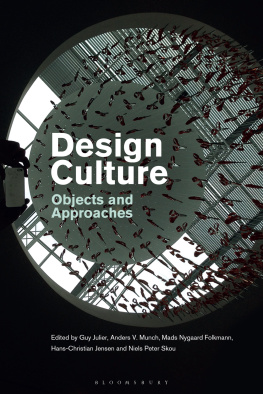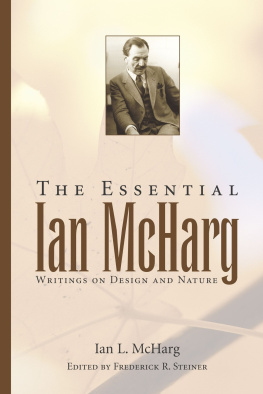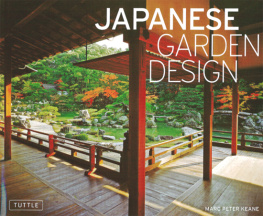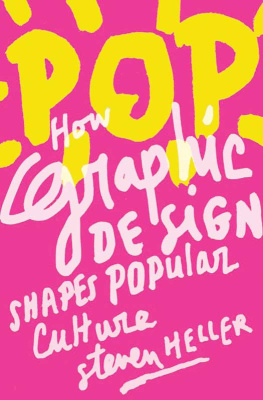The Culture of Nature in the History of Design
The Culture of Nature in the History of Design confronts the dilemma caused by designs pertinent yet precarious position in environmental discourse through interdisciplinary conversations about the design of nature and the nature of design. Demonstrating that the deep entanglements of design and nature have a deeper and broader history than contemporary discourse on sustainable design and ecological design might imply, this book presents case studies ranging from the eighteenth to the twenty-first century and from Singapore to Mexico. It gathers scholarship on a broad range of fields/practices, from urban planning, landscape architecture, and architecture, to engineering design, industrial design, furniture design, and graphic design.
From adobe architecture to the atomic bomb, from the bonsai tree to Biosphere 2, from pesticides to photovoltaics, from rust to recycling the culture of nature permeates the history of design. As an activity and a profession always operating in the borderlands between human and non-human environments, design has always been part of the environmental problem, whilst also being an indispensable part of the solution.
The book ventures into domains as diverse as design theory, research, pedagogy, politics, activism, organizations, exhibitions, and fiction and trade literature to explore how design is constantly making and unmaking the environment and, conversely, how the environment is both making and unmaking design. This book will be of great interest to a range of scholarly fields, from design education and design history to environmental policy and environmental history.
Kjetil Fallan is Professor of Design History at the University of Oslo and a founding member of the Oslo School of Environmental Humanities. He is the author of Designing Modern Norway: A History of Design Discourse (2017) and Design History: Understanding Theory and Method (2010), editor of Scandinavian Design: Alternative Histories (2012), and co-editor, with Grace Lees-Maffei, of the book series Cultural Histories of Design as well as the volumes Designing Worlds: National Design Histories in an Age of Globalization (2016) and Made in Italy: Rethinking a Century of Italian Design (2014).
If, to Dieter Rams, good design is environmentally friendly, good design history is environmentally aware. Design history thrives when it interrogates the environmental complexities of human creations, and environmental historians can learn much of human behavior from design history. The essays in The Culture of Nature in the History of Design draw upon design histories of landscapes, communities, buildings, and materials around the world as different cultures, economic systems, and movements of resistance moved to create the new, create anew, to transform the discarded, and to reimagine the possible. The cumulative effect is a multifaceted conversation that systematically and profoundly examines the history of designs entanglements with nature, a conversation that promises to inspire important discussions in the future.
Carl A. Zimring, author of
Aluminum Upcycled: Sustainable Design in Historical PerspectiveThe essays collected in The Culture of Nature in the History of Design offer fresh insights into environments and the objects that populate them. Its authors examine topics ranging from Victorian ecotopias to thermonuclear shelters, the totemic materiality of consumer goods to cybernetic mapping, desert and hydropower landscapes to garbage housing and cultures of D.I.Y. making, and experiments in postwar design pedagogy spanning continents and political systems. The volumes vivid mosaic of theoretically grounded essays challenges readers to reconsider humanitys making (and unmaking) of nature and the built environment.
Greg Castillo, College of Environmental Design, University of California, Berkeley
The Culture of Nature in the History of Design
Edited by Kjetil Fallan

First published 2019
by Routledge
2 Park Square, Milton Park, Abingdon, Oxon OX14 4RN
and by Routledge
52 Vanderbilt Avenue, New York, NY 10017
Routledge is an imprint of the Taylor & Francis Group, an informa business
2019 selection and editorial matter, Kjetil Fallan; individual chapters, the contributors
The right of Kjetil Fallan to be identified as the author of the editorial material, and of the authors for their individual chapters, has been asserted in accordance with sections 77 and 78 of the Copyright, Designs and Patents Act 1988.
All rights reserved. No part of this book may be reprinted or reproduced or utilised in any form or by any electronic, mechanical, or other means, now known or hereafter invented, including photocopying and recording, or in any information storage or retrieval system, without permission in writing from the publishers.
Trademark notice: Product or corporate names may be trademarks or registered trademarks, and are used only for identification and explanation without intent to infringe.
British Library Cataloguing-in-Publication Data
A catalogue record for this book is available from the British Library
Library of Congress Cataloging-in-Publication Data
Names: Fallan, Kjetil, editor.
Title: The culture of nature in the history of design / edited by Kjetil Fallan.
Description: Abingdon, Oxon ; New York, NY : Routledge is an imprint of the Taylor & Francis Group, an Informa Business, 2019. | Includes bibliographical references and index.
Identifiers: LCCN 2018053725 | ISBN 9781138601918 (hbk : alk. paper) | ISBN 9781138601925 (pbk : alk. paper) | ISBN 9780429469848 (ebk)
Subjects: LCSH: Design. | NatureEffect of human beings on.
Classification: LCC NK1520 .C85 2019 | DDC 745.409dc23
LC record available at https://lccn.loc.gov/2018053725
ISBN: 978-1-138-60191-8 (hbk)
ISBN: 978-1-138-60192-5 (pbk)
ISBN: 978-0-429-46984-8 (ebk)
Typeset in Bembo
by Newgen Publishing UK
Contents
Kjetil Fallan
Simon Sadler
Larry Busbea
Peder Anker
Timothy Stott
Nathaniel Robert Walker
Jesse ONeill
Fattori Fraser
Even Smith Wergeland
Tania Messell
Frances Robertson
Jette Lykke Jensen
Nicolas P. Maffei
Elena Formia
Yulia Karpova
Curt Gambetta
Avinash Rajagopal and Vera Sacchetti
Peder Anker is Associate Professor in the History of Science at the Gallatin School of Individualized Study and Adjunct Professor of Environmental History at the University of Oslo. He is the co-author of Global Design: Elsewhere Envisioned (Prestel, 2014) together with Louise Harpman and Mitchell Joachim. He is also the author of From Bauhaus to Eco-House: A History of Ecological Design (Louisiana State University Press, 2010), which explores the intersection of architecture and ecological science, and Imperial Ecology: Environmental Order in the British Empire, 18951945 (Harvard University Press, 2001), which investigates how the promising new science of ecology flourished in the British Empire. See www.pederanker.com.
Larry Busbea is Associate Professor of Art History at the University of Arizona, Tucson, where his research focuses on the interactions of design, art, and critical theory in Europe and the United States after the Second World War. His essays and reviews have appeared in


